
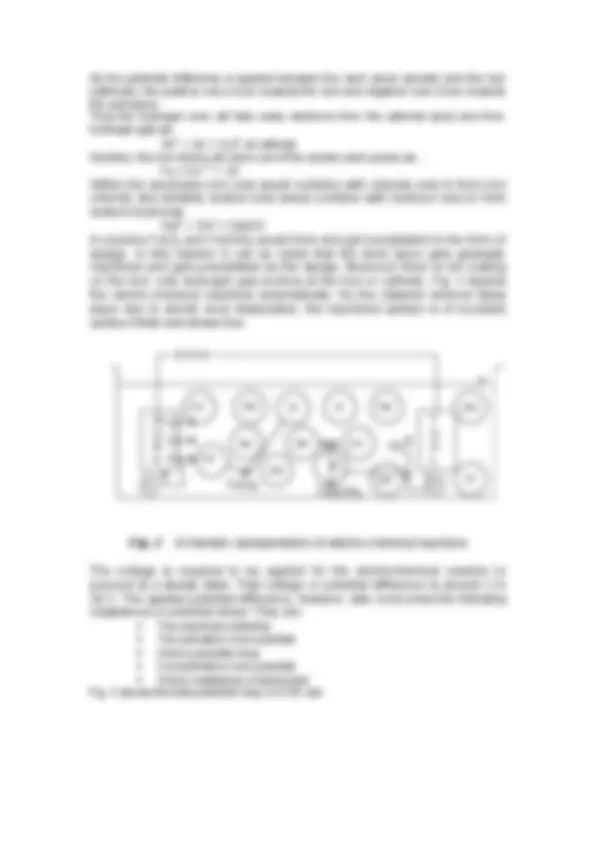
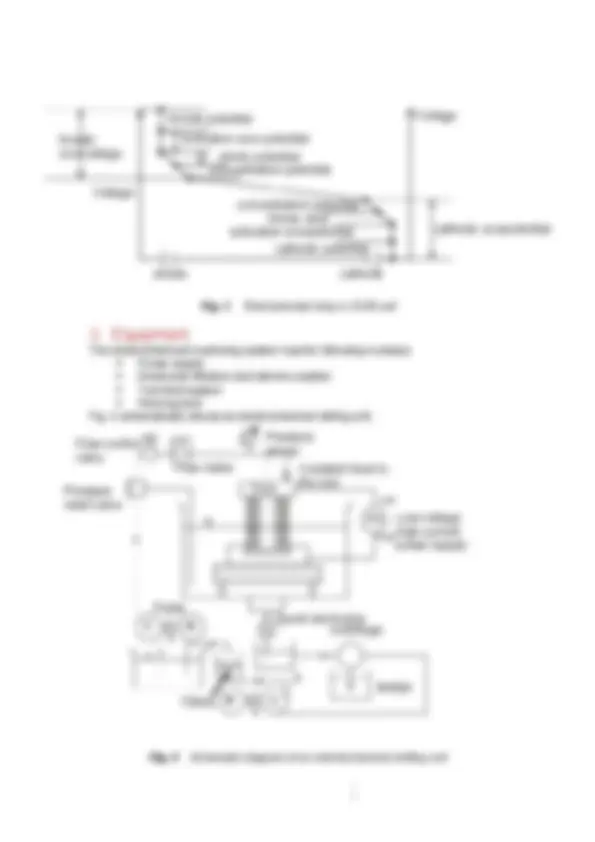
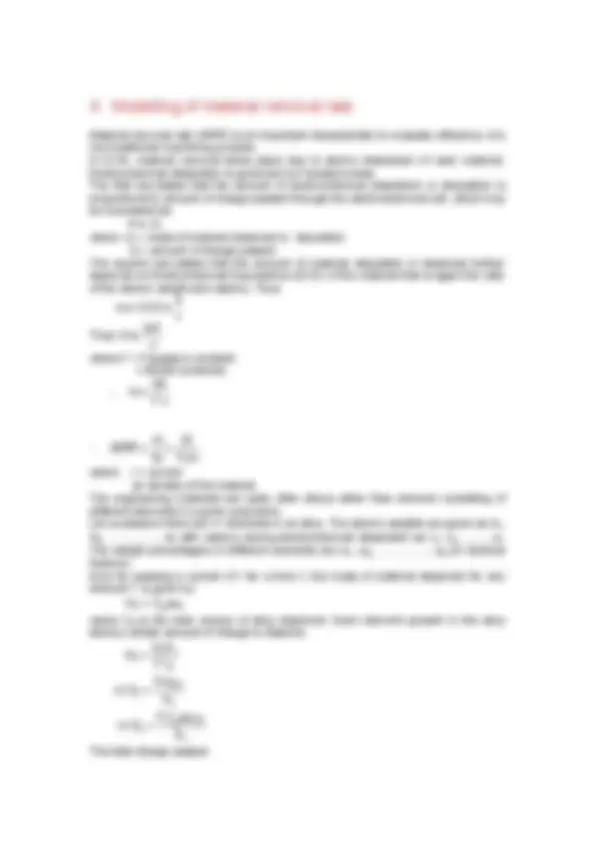
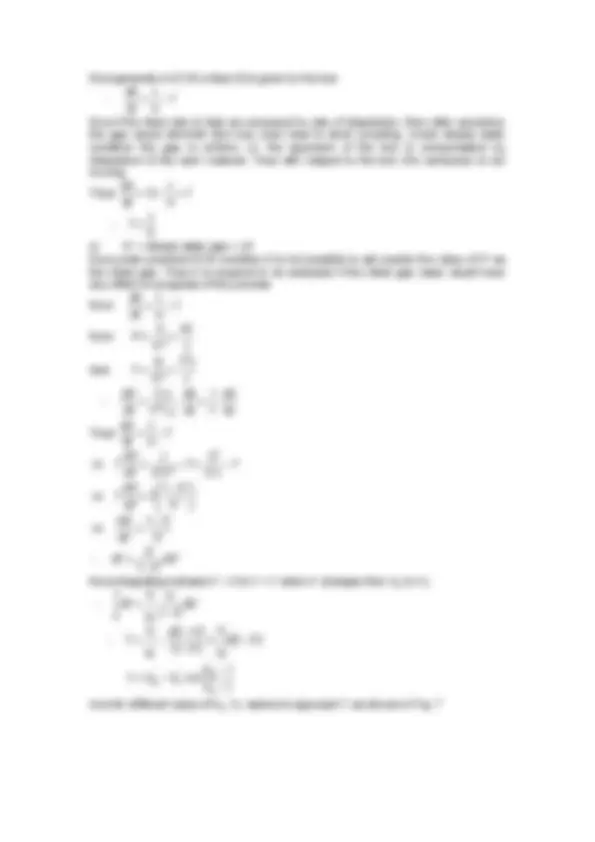
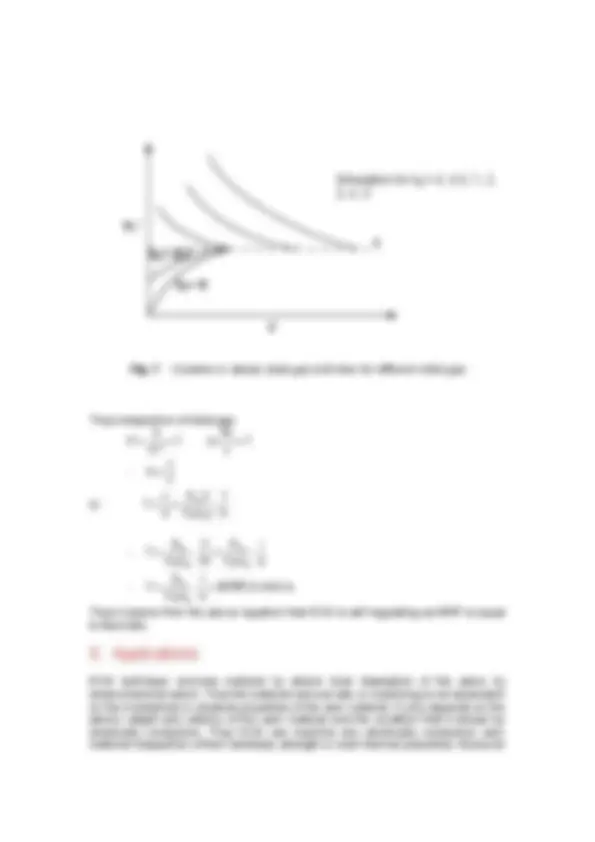
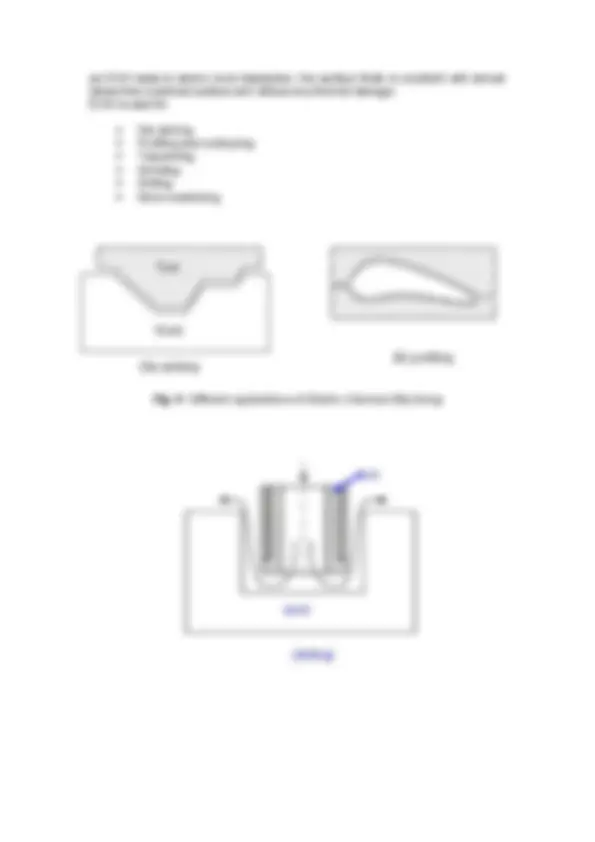
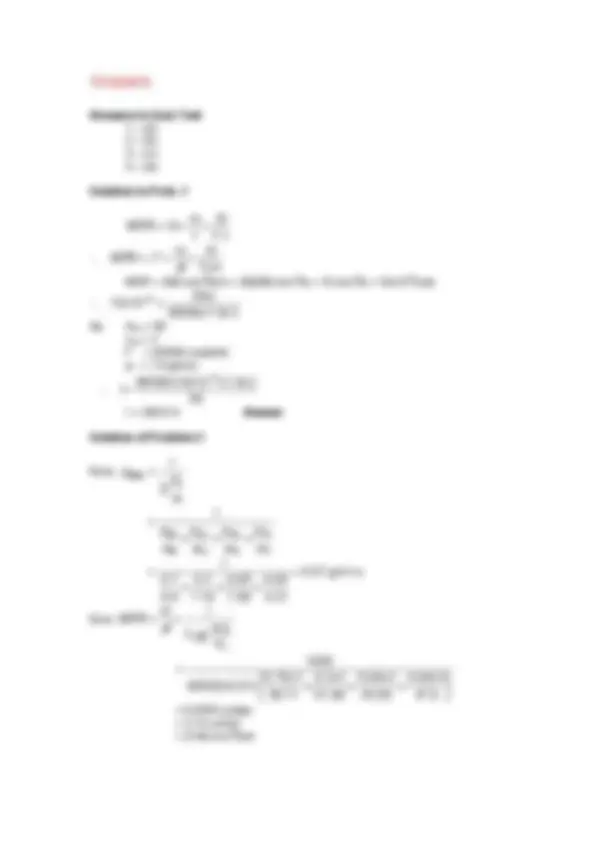
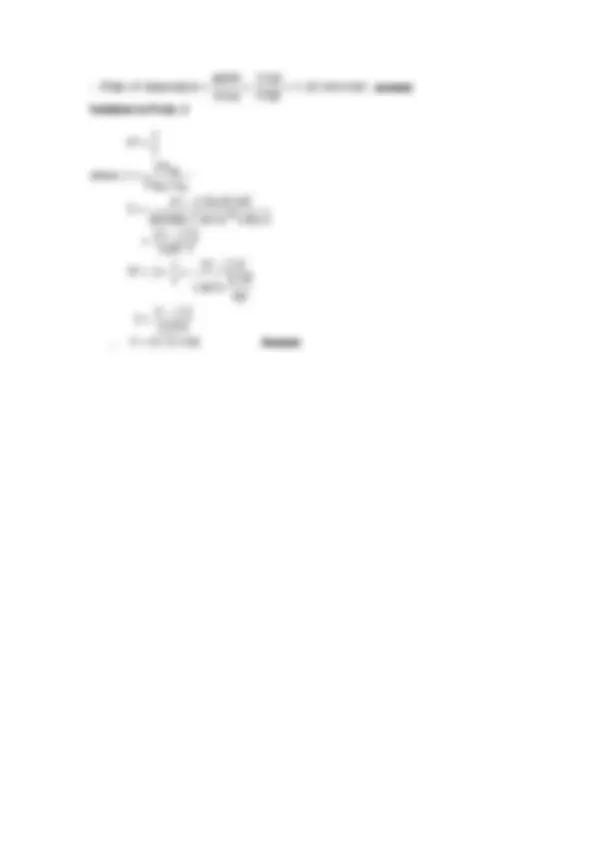


Study with the several resources on Docsity

Earn points by helping other students or get them with a premium plan


Prepare for your exams
Study with the several resources on Docsity

Earn points to download
Earn points by helping other students or get them with a premium plan
Community
Ask the community for help and clear up your study doubts
Discover the best universities in your country according to Docsity users
Free resources
Download our free guides on studying techniques, anxiety management strategies, and thesis advice from Docsity tutors
The basics of Electro Chemical Machining (ECM), a non-traditional machining process belonging to the Electrochemical category. It describes the working principle of ECM, material removal mechanism, process parameters, and different modules of ECM equipment. The document also covers the modelling of material removal rate and the dynamics of ECM process. It lists four applications of ECM and provides a quiz test to evaluate the understanding of the reader.
Typology: Lecture notes
1 / 14

This page cannot be seen from the preview
Don't miss anything!









(i) Identify electro-chemical machining (ECM) as a particular type of
non-tradition processes (ii) Describe the basic working principle of ECM process
(iii) Draw schematically the basics of ECM
(iv) Draw the tool potential drop (v) Describe material removal mechanism in ECM
(vi) Identify the process parameters in ECM
(vii) Develop models for material removal rate in ECM (viii) Analyse the dynamics of ECM process
(ix) Identify different modules of ECM equipment
(x) List four application of ECM (xi) Draw schematics of four such ECM applications
Electrochemical Machining (ECM) is a non-traditional machining (NTM) process
belonging to Electrochemical category. ECM is opposite of electrochemical or
galvanic coating or deposition process. Thus ECM can be thought of a controlled
anodic dissolution at atomic level of the work piece that is electrically conductive by a
shaped tool due to flow of high current at relatively low potential difference through
an electrolyte which is quite often water based neutral salt solution.
Fig. 1 schematically shows the basic principle of ECM.
In ECM, the workpiece is connected to the positive terminal of a low voltage high
current DC generator or power source. The tool is shaped and shape of the tool is
transferred to the workpiece. The tool is connected to the negative terminal.
Machining takes place due to anodic dissolution at atomic level of the work material
due to electrochemical reaction. A gap between the tool and the workpiece is
required to be maintained to proceed with steady state machining.
electrolyte
Initial stage of
ECM
Steady state of
ECM
Fig. 1 Schematic principle of Electro Chemical Machining (ECM)
During ECM, there will be reactions occurring at the electrodes i.e. at the anode or
workpiece and at the cathode or the tool along with within the electrolyte.
Let us take an example of machining of low carbon steel which is primarily a ferrous
alloy mainly containing iron. For electrochemical machining of steel, generally a
neutral salt solution of sodium chloride (NaCl) is taken as the electrolyte. The
electrolyte and water undergoes ionic dissociation as shown below as potential
difference is applied
NaCl ↔ Na
Anodic
overvoltage
Anode potential
Activation over potential
ohmic potential
concentration potential
concentration potential
Ohmic drop
activation overpotential
anode cathode
cathodic potential
cathodic overpotential
Voltage
Voltage
Fig. 3 Total potential drop in ECM cell
The electrochemical machining system has the following modules:
Fig. 4 schematically shows an electrochemical drilling unit.
Flow control
valve
Pressure
relief valve
Pump
Filters
sludge
centrifuge
Spent electrolyte
Tool
Flow meter
Pressure
gauge
Constant feed to
the tool
Low voltage
high current
power supply
+ve
-ve
Fig. 4 Schematic diagram of an electrochemical drilling unit
Material removal rate (MRR) is an important characteristic to evaluate efficiency of a
non-traditional machining process.
In ECM, material removal takes place due to atomic dissolution of work material.
Electrochemical dissolution is governed by Faraday’s laws.
The first law states that the amount of electrochemical dissolution or deposition is
proportional to amount of charge passed through the electrochemical cell, which may
be expressed as:
m ∝ Q,
where m = mass of material dissolved or deposited
Q = amount of charge passed
The second law states that the amount of material deposited or dissolved further
depends on Electrochemical Equivalence (ECE) of the material that is again the ratio
of the atomic weigh and valency. Thust
ν
α α
A m ECE
Thus
m
where F = Faraday’s constant
= 96500 coulombs
ItA ∴ m =
t
m ∴ MRR = =
where I = current
ρ= density of the material
The engineering materials are quite often alloys rather than element consisting of
different elements in a given proportion.
Let us assume there are ‘n’ elements in an alloy. The atomic weights are given as A 1 ,
A 2 , ………….., An with valency during electrochemical dissolution as ν 1 , ν2, …………, νn.
The weight percentages of different elements are α 1 , α 2 , ………….., αn (in decimal
fraction)
Now for passing a current of I for a time t, the mass of material dissolved for any
element ‘i’ is given by
where Γa is the total volume of alloy dissolved. Each element present in the alloy
takes a certain amount of charge to dissolve.
i
i i i F
m
i
i i i A
Fm Q
i
a i i i A
The total charge passed
rh
x
x
for a given potential difference and alloy
h
c
h
F r
dt
dh
x
x = =
where c = constant
F r
x
x
i
i i
A
F r
c
h
c
dt
dh ∴ =
hdh = cdt
At t = 0, h = ho and at t = t 1 and h = h 1
h 1
ho
t
0
hdh c dt
h h 2 ct
2 o
2 ∴ 1 − =
That is the tool – workpiece gap under zero feed condition grows gradually following
a parabolic curve as shown in Fig. 6
h
t
ho
Fig. 6 Variation of tool-workpiece gap under zero feed condition
As
h
c
dt
Thus dissolution would gradually decrease with increase in gap as the potential drop
across the electrolyte would increase
Now generally in ECM a feed (f) is given to the tool
f h
c
dt
dh ∴ = −
Now if the feed rate is high as compared to rate of dissolution, then after sometime
the gap would diminish and may even lead to short circuiting. Under steady state
condition the gap is uniform i.e. the approach of the tool is compensated by
dissolution of the work material. Thus with respect to the tool, the workpiece is not
moving
Thus f
h
c 0 dt
dh = = =
h
c ∴ f =
or h* = steady state gap = c/f
Now under practical ECM condition it is not possible to set exactly the value of h* as
the initial gap. Thus it is required to be analysed if the initial gap value would have
any effect on progress of the process
Now (^) f
h
c
dt
dh = −
Now
c
hf
h*
h h' = =
And c
f t
h*
ft t'
2
= =
dt
dh . f
dt
dh . f /c
f/c
dt'
dh' 2
Thus f h
c
dt
dh = −
f h'c
cf f h'h*
c
dt'
dh' ⇒ f = − = −
h'
1 h' f dt'
dh' f
h '
1 h'
dt'
dh' − ⇒ =
dh ' 1 h'
h' dt ' −
Now integrating between t’ = 0 to t’ = t’ when h’ changes from ho’ to h 1 ’
dh ' 1 h'
h' dt'
t '
0
h 1 '
ho'
h 1 '
ho'
h 1 '
ho'
d 1 h ' 1 h'
d 1 h' t'
h 1
h 1 t' h h ln ' 1
' ' o 1
' o −
now for different value of ho’, h 1 ’ seems to approach 1 as shown in Fig. 7
as ECM leads to atomic level dissolution, the surface finish is excellent with almost
stress free machined surface and without any thermal damage.
ECM is used for
Die sinking
3D profiling
Work
Tool
Fig. 8 Different applications of Electro Chemical Machining
drilling
(drilling)
work
tool
trepanning
tool
work
Fig. 9 Drilling and Trepanning by ECM
Power Supply
Type direct current
Voltage 2 to 35 V Current 50 to 40,000 A
Current density 0.1 A/mm
2 to 5 A/mm
2
Electrolyte Material NaCl and NaNO 3
Temperature 20
o C – 50
o C
Flow rate 20 lpm per 100 A current Pressure 0.5 to 20 bar
Dilution 100 g/l to 500 g/l Working gap 0.1 mm to 2 mm
Overcut 0.2 mm to 3 mm
Feed rate 0.5 mm/min to 15 mm/min Electrode material Copper, brass, bronze
Surface roughness, Ra 0.2 to 1.5 μm
Answers to Quiz Test
1 – (b) 2 – (b)
3 – (c)
4 – (a)
Solution to Prob. 1
t
m MRR m
. = = =
ρ ρν
Γ F
t
m MRR
.
∴ = = =
MRR = 600 mm
3 /min = 600/60 mm
3 /s = 10 mm
3 /s = 10x
96500 x 7. 8 x 2
56 xI 10 x 10
3 ∴ =
−
As AFe = 56
νFe = 2
F = 96500 coulomb
ρ = 7.8 gm/cc
96500 x 10 x 10 x 7. 8 x 2 I
− 3 ∴ =
I = 268.8 A Answer
Solution of Problem 2
Now,
i
i
alloy
Ti
Ti
Fe
Fe
Cr
Cr
Ni
Ni
Now
i
i i
A
t
m MRR
= 0.0356 cc/sec
= 2.14 cc/min
= 2140 mm
3 /min
Area
∴ Rate ofdissolution= = = answer
Solution to Prob. 3
f
c h* =
where Fe Fe
Fe
F r
c
96500 x 7. 8 x 10 x 50 x 2
V 2. 5 x 55. 85 C − 3
1347 x
f
c h* 2
∴ V = 8. 73 Volt. Answer
Version 2 ME, IIT Kharagpur
Powered by TCPDF (www.tcpdf.org)Powered by TCPDF (www.tcpdf.org)Powered by TCPDF (www.tcpdf.org)Powered by TCPDF (www.tcpdf.org)Powered by TCPDF (www.tcpdf.org)Powered by TCPDF (www.tcpdf.org)Powered by TCPDF (www.tcpdf.org)Powered by TCPDF (www.tcpdf.org)Powered by TCPDF (www.tcpdf.org)Powered by TCPDF (www.tcpdf.org)Powered by TCPDF (www.tcpdf.org)Powered by TCPDF (www.tcpdf.org)Powered by TCPDF (www.tcpdf.org)Powered by TCPDF (www.tcpdf.org)Powered by TCPDF (www.tcpdf.org)Powered by TCPDF (www.tcpdf.org)